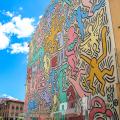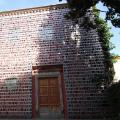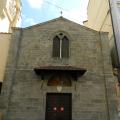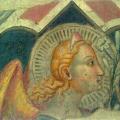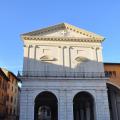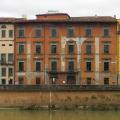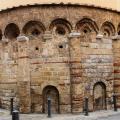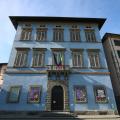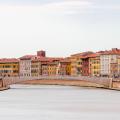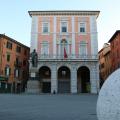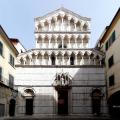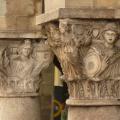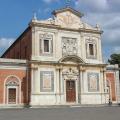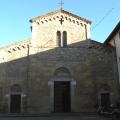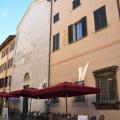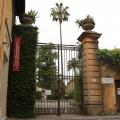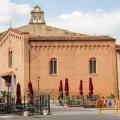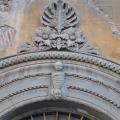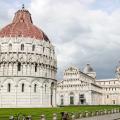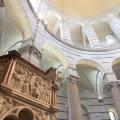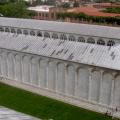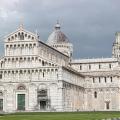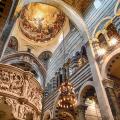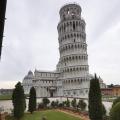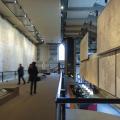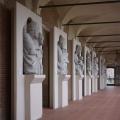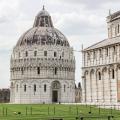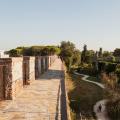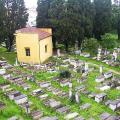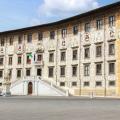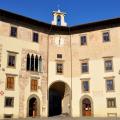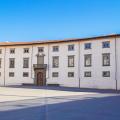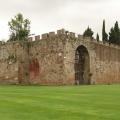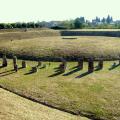In a relatively short distance to be traveled is condensed history of Pisa and its most evocative and impressive without neglecting some small hidden rarity. This is the most suitable path to see the city of Pisa cutting it from the station to Miracles Square.
The square of the Duomo of Pisa - dominated by the Cathedral, the Baptistery, the Bell Tower and Graveyard (the Campo Santo) - represents an architectural whole characterized by a really surprising stylistic accordance, to the point of having been compared by Le Corbousier to the acropolis of Athens. The choice of materials, with an almost absolute supermacy of the white marble, and the constant presence of blind arches at the base and practicable small loggias in the upper orders lead to the thought of single project, almost the expression of the group of artists that works well together in the same building site in a relatively short lapse of time. Still, this is the result of long process that saw various architects, sculptors and painters taking turns, in the space of more than three centuries, and amongthem some leading personalities who have marked their epoch.
Each visitor entering this space is rapt in the sudden vision of the four monuments, a vision that looks 'miraculous', quoting the fortunate definition coined by D'Annunzio. The buildings seem to spring up from a wide regular lawn, which however dates back to the XIX century, when th square was redesigned in neo-medieval slant, clearing it from many more or less poor buildings and from the vegetable gardens that were still tended there. Also because of these uses, the one of Pisa has no comparison with other medieval squares of the cathedral that, from Parma to Modena, from Siena to Perugia, see the structure of the city radiating from them. Nevertheless, this unusual decentred area has been the spiritual, and not only, heart of the city of Pisa.
L. Carletti, C. Giometti, A guide to the Duomo Square of Pisa, Pacini Editore, Pisa 2006.

